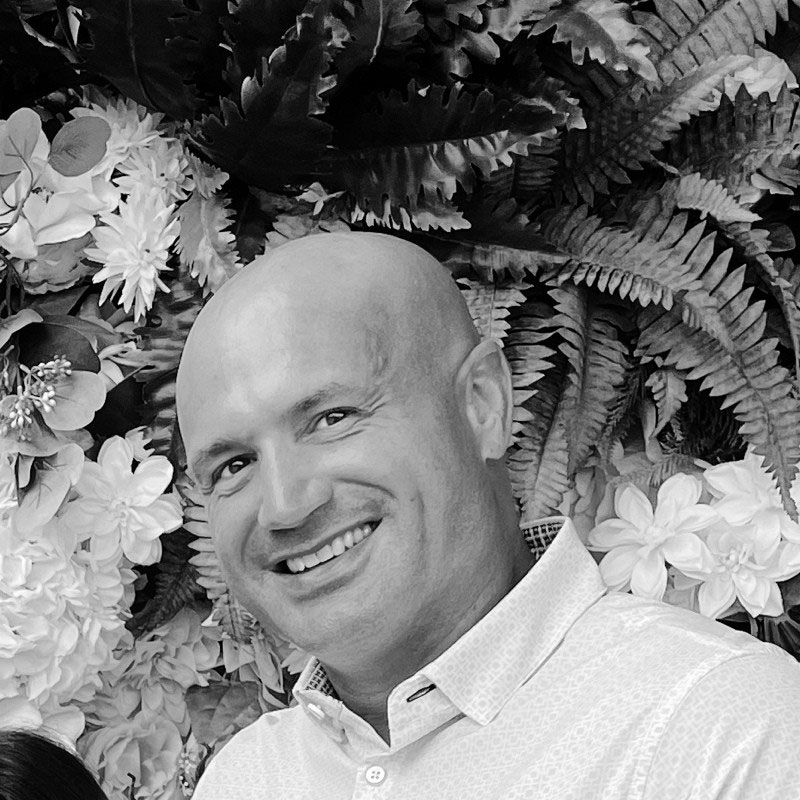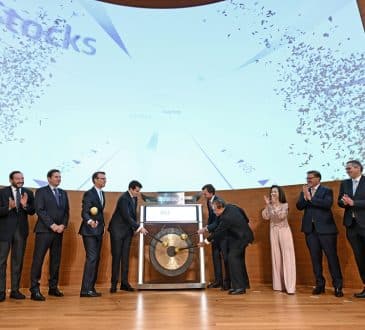How to ensure your organization is change-ready

In today’s fast-moving, unpredictable landscape, CEOs are navigating a business environment unlike any in recent history. Global markets are shifting at unprecedented speed, while geopolitical tensions, rapid technological advances, and evolving policy decisions due to the new administration are converging to reshape the economic landscape.
For U.S. companies to remain competitive, leaders must move beyond reacting to disruptions as they arise or just “weathering the storm.” That storm is now a permanent hurricane! Instead, they need to build a culture of continuous change-readiness – embedding agility, resilience, and adaptability into the DNA of their organizations.
However a change-ready culture doesn’t happen by accident. It requires deliberate leadership and a commitment to developing the right mindset at every level of the business.
Harvard Business School identifies three essential leadership skills for managing disruption. Let’s break them down and explore what they mean for today’s CEOs:
- A willingness and ability to take risks.
When disruption hits, playing it safe isn’t always a smart move. This doesn’t mean being reckless, however it does mean equipping teams with the information, tools, and psychological safety they need to take smart, informed risks. CEOs must model this mindset from the top, encouraging teams to experiment, test new ideas, and move quickly. This approach not only accelerates innovation but also builds the organizational capability to handle uncertainty with confidence. - An ability to provide clarity and direction to team members in dynamic situations.
As CEO, your communication strategy matters. Silence creates a vacuum, and vacuums breed misinformation, fear, and conspiracy theories. Regular, structured communication is critical. It’s better to say, “We don’t have the full picture yet, but here’s what we know today,” than to stay silent as this openness builds trust. - An ability to not just endure but embrace ambiguity and uncertainty.
Successful CEOs understand that ambiguity is where innovation lives. They create cultures that reward flexibility and creativity, where people are empowered to make decisions without having every variable defined. This requires a shift in mindset. Instead of striving for complete control or perfect clarity, it’s about cultivating comfort with the unknown. The CEO who can lead through ambiguity models resilience for their entire organization.
How to start building a change-ready culture
Becoming a change-ready organization is a journey. It starts with leadership and filters down into systems, processes, and behaviors. Here are a few practical steps CEOs can take now:
- Prioritize awareness.
No two people will experience disruption in the same way, which is where training in awareness – through tools such as Insights Discovery – comes into play. While metrics and dashboards are vital for decision-making, some employees – particularly those who lead with more relational, “people-first” personality types (for example what we might call Sunshine Yellow at Insights) – need to feel included and heard. On the other hand for Cool Blue personality types, providing data-driven updates and setting out all the facts can be effective in equipping them for change. - Foster psychological safety
Employees need to feel safe to speak up, make mistakes, and challenge the status quo. This kind of environment drives innovation and accelerates learning. - Model adaptability from the top
Change-readiness starts with leaders who walk the talk. CEOs should demonstrate openness to new ideas, actively seek feedback, and show a willingness to pivot when needed. If employees see their CEO embracing change, they’ll be more likely to follow suit. - Turn change into the norm rather than a drama
Make change a normal part of how things are done, not a one-off event. This could mean holding quarterly “change” check-ins or creating cross-functional teams that tackle emerging challenges. When change becomes business-as-usual it seems far less dramatic, so people are less likely to resist it. - Celebrate small wins, not just major outcomes
Recognise and reward behaviors that support change, such as taking calculated risks, learning from failure, and collaborating across teams. Celebrate small wins along the way, not just the final result. This reinforces a growth mindset and builds momentum.
In an era where disruption is constant, agility is the new competitive advantage. U.S. CEOs who lead with empathy, clarity, and courage will build organizations that not only survive but thrive.
Are you ready to lead the way?
Written by Tony Fournier.
Have you read?
The World’s Best Medical Schools.
The World’s Best Universities.
The World’s Best International High Schools.
The World’s Best Business Schools.
The World’s Best Fashion Schools.
The World’s Best Hospitality And Hotel Management Schools.
Bring the best of the CEOWORLD magazine's global journalism to audiences in the United States and around the world. - Add CEOWORLD magazine to your Google News feed.
Follow CEOWORLD magazine headlines on: Google News, LinkedIn, Twitter, and Facebook.
Copyright 2025 The CEOWORLD magazine. All rights reserved. This material (and any extract from it) must not be copied, redistributed or placed on any website, without CEOWORLD magazine' prior written consent. For media queries, please contact: info@ceoworld.biz








